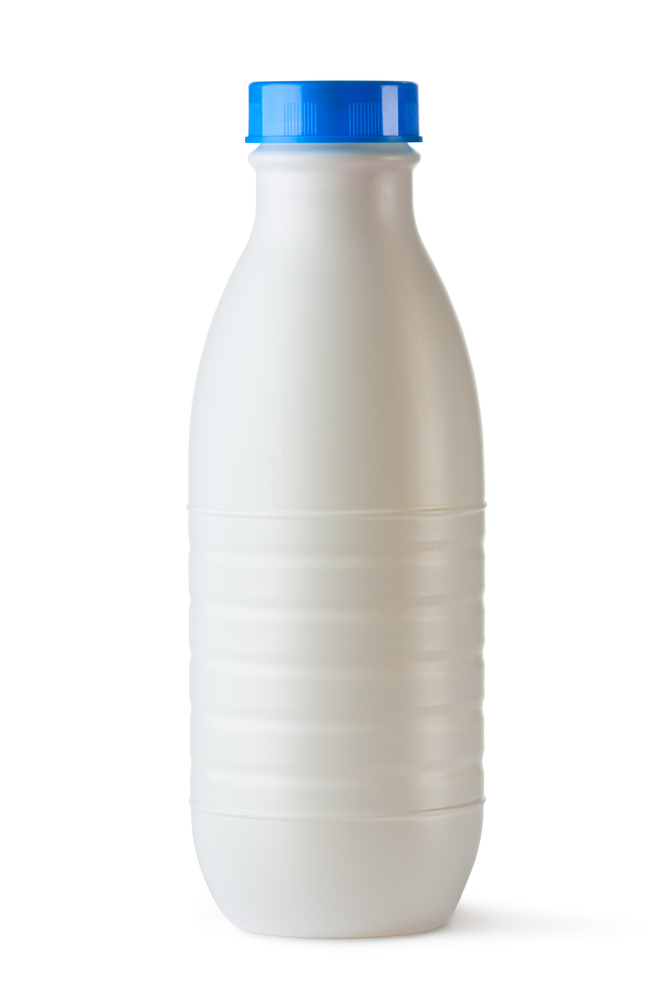What is different in the new regulation?
According to the new dairy and imitation dairy products Regulation R260, one of the important changes is that the fat classes for milk have been redefined. The new fat classes will give consumers more choice when buying dairy products.



